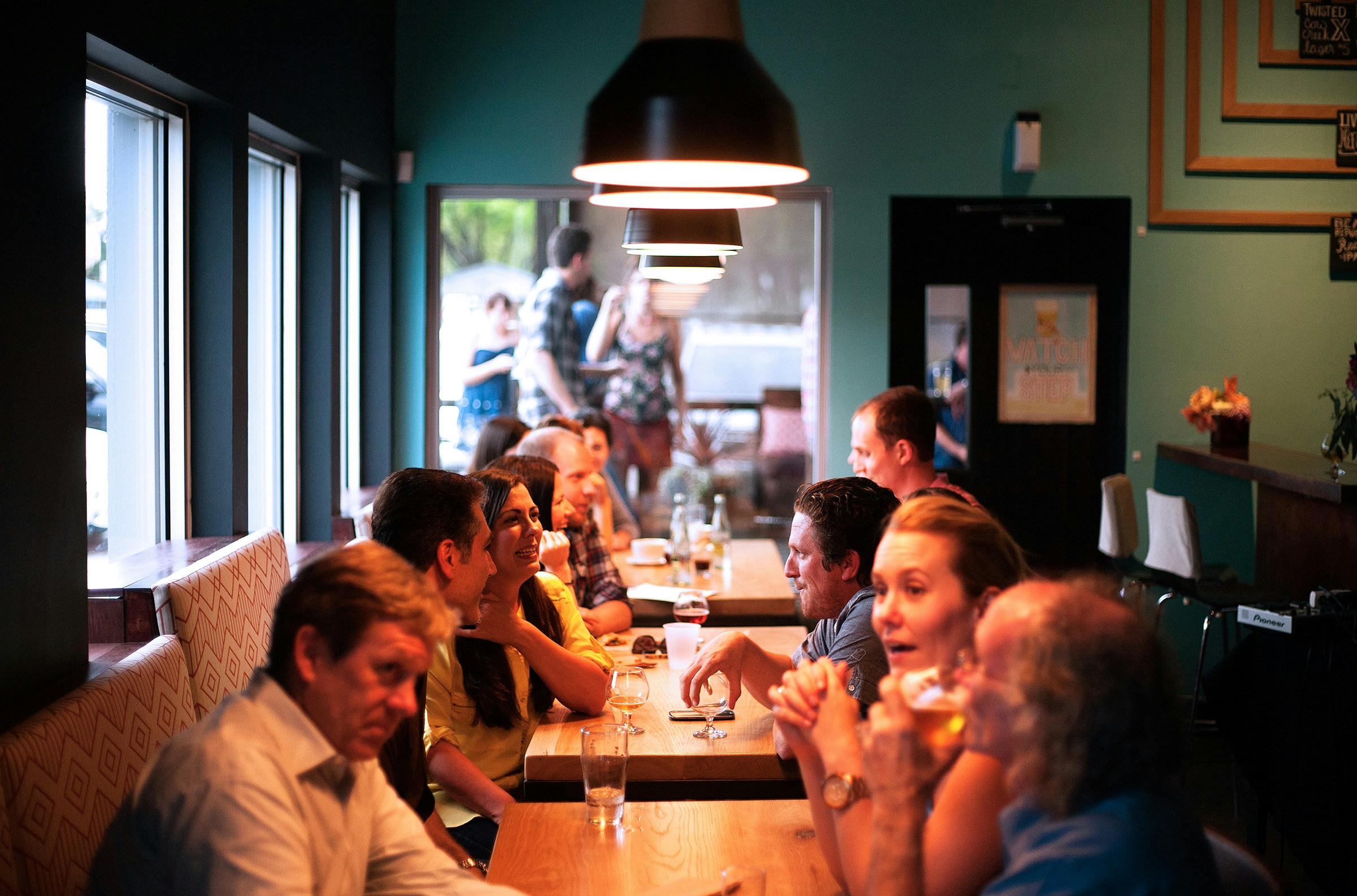
Charcuterie boards have become the centrepiece of social gatherings, seamlessly blending the art of presentation with the delight of taste. These boards provide a range of savoury flavours and textures and create an inviting atmosphere that encourages conversation and camaraderie. Here’s how to master creating a stunning charcuterie board that will impress your guests and elevate any occasion.
Understanding Charcuterie
Charcuterie originated in France and primarily referred to pork delicacies, including sausages, bacon, and ham. Today, it encompasses a broader range of cured meats and accompaniments such as cheeses, fruits, nuts, and spreads. The key to a successful charcuterie board lies in the balance and variety of these elements, ensuring a little something for everyone’s palate.
Choosing the Right Ingredients
Meats: Start with a selection of high-quality cured meats. Prosciutto, salami, and chorizo are popular choices, offering different textures and levels of savoriness. For a unique touch, consider adding bresaola or speck.
Cheeses: Aim for a mix of hard, soft, and semi-soft cheeses. Cheddar, Gouda, and Parmesan provide a nice firm texture, while Brie and Camembert offer a creamy contrast. Including a blue cheese like Gorgonzola or Roquefort can add a bold flavour profile.
Accompaniments: Fresh and dried fruits provide sweetness that complements the saltiness of the meats and cheeses. Grapes, figs, and apples are excellent choices. Nuts like almonds and walnuts add crunch, while olives and pickles are briny. Don’t forget a selection of breads and crackers for texture and to serve as vehicles for the meats and cheeses.
Spreads and Condiments: Include small bowls of mustard, honey, or fig jam to add layers of flavour. These can be used to dress up the meats and cheeses or to add a sweet or tangy note to each bite.
Arranging Your Board
The Base: Choose a wooden board, slate, or marble platter as your base. The size of the board should be appropriate for the number of guests.
Layout: Place your cheeses on the board, as they are typically the largest items. Space them out evenly. Next, arrange the meats, folding or rolling slices for visual appeal and easy access. Fill in gaps with small bowls of condiments and clusters of nuts and fruits.
Final Touches: Use fresh herbs like rosemary or thyme to add a touch of greenery and enhance the aroma. These can be tucked around the board’s edges or used as garnish on cheeses or meats.
Tips for Success
Temperature: To maximise their flavour, serve the meats and cheeses at room temperature.
Variety: Offer a range of textures and flavours to cater to different tastes.
Preparation: Pre-cut some cheeses and meats to make it easier for guests to enjoy.
Presentation: Keep the arrangement visually appealing with varied heights and colours, ensuring the board looks abundant and inviting.
Creating a charcuterie board is more than just arranging food; it expresses creativity and hospitality. With these tips, you can craft a beautiful and delicious focal point for your next gathering, ensuring your guests leave impressed and satisfied.